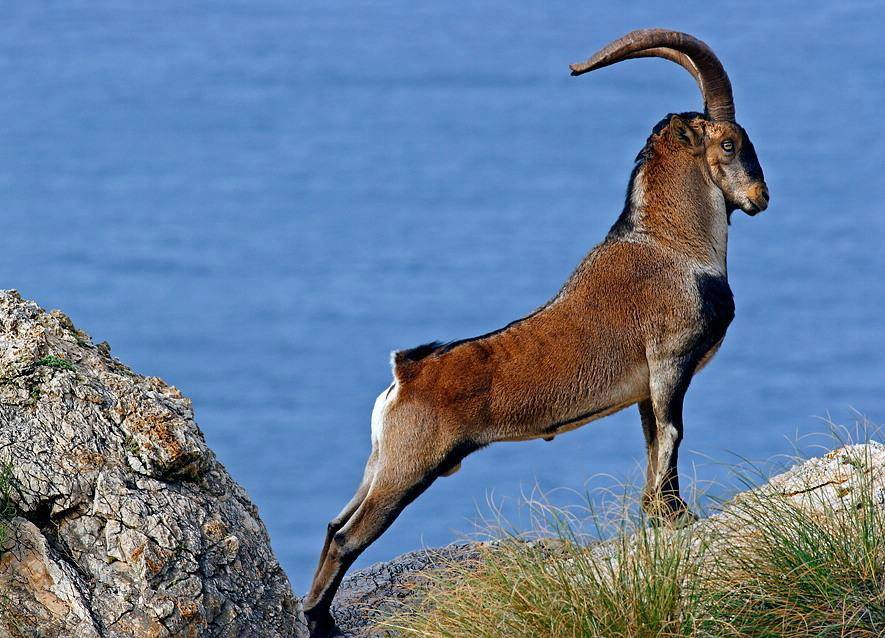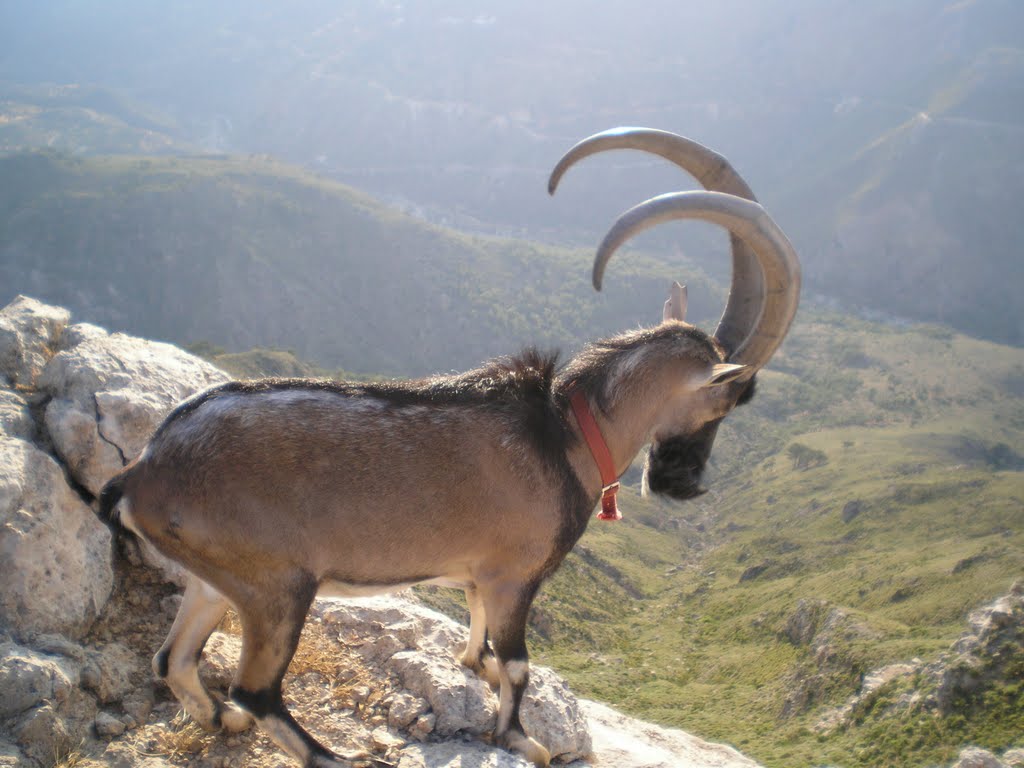Kri-Kri: the Cretan Ibex

The Cretan Ibex, commonly known as the kri-kri and scientifically referred to as Capra aegagrus cretica, is a wild goat that has become a celebrated symbol of Crete, Greece. Also called "agrimi"—the wild one—this shy and agile animal resides almost exclusively on Crete and a few nearby islets such as Dia, Thodorou, and Agii Pantes. Its ancestors were introduced to Crete from the Near East around 8,000 years ago, most likely by Neolithic settlers. Over centuries, the kri-kri has adapted exquisitely to Crete's rugged terrain, particularly the steep cliffs and gorges of the White Mountains, where they are still found today.
Physically, the Cretan Ibex is distinguished by its light brown coat with a characteristic dark band along its spine, and impressive backward-curving horns. Males typically lead solitary lives, while females form small herds. The animal is highly athletic, capable of leaping across vast chasms and climbing sheer rock faces to evade predators and search for food. Kri-kri graze on a diet of grasses, leaves, and shoots, favouring the remote and inaccessible slopes of the Samaria Gorge—which was designated a national park in 1962 primarily to protect this endangered species.
The kri-kri's population has always been vulnerable. In the early 20th century, overhunting, habitat loss, and limited grazing space reduced their numbers dramatically. After World War II, only about 200 individuals remained, prompting significant conservation efforts including the establishment of protected reserves and translocations to predator-free islets. These efforts saw the population recover somewhat, with estimates in recent years ranging from 700 to about 2,000 animals. Yet, ongoing threats persist: poaching, disease, habitat fragmentation, and especially hybridization with domestic goats threaten the purity of the kri-kri gene pool and overall survival.
The animal's image is deeply woven into Cretan culture and mythology, appearing in ancient Minoan art and folklore. Today, the kri-kri is an iconic emblem of Crete's wild beauty and resilience—a living link to the island's prehistoric past and an ongoing focus of conservation in Greece.
The Samaria Gorge, where the kri-kri can still be seen has been subject of another blog. How to get there and background on the Gorge can be found in this section.

